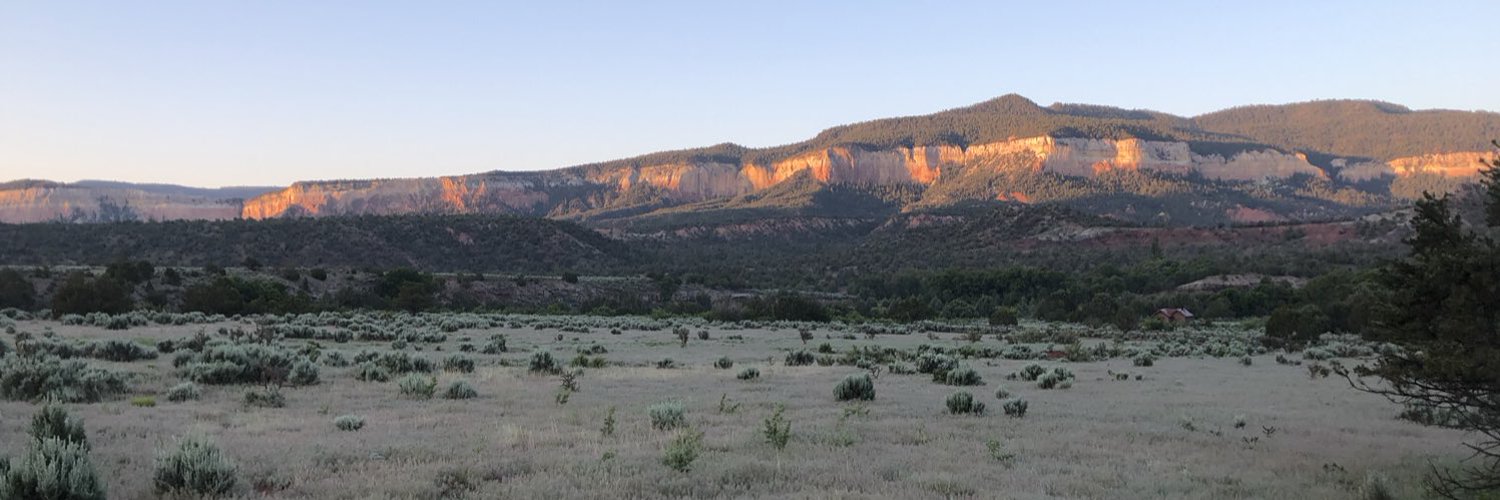Yesterday the New Mexico Supreme Court issued an opinion in State v. Thomas, reversing a murder conviction because an expert witness for the prosecution testified via Skype, which the Court held violated the Confrontation Clause.
But the Court, in an opinion by Chief Justice Charles Daniels, also took the opportunity to address judges’ use of social media.
During the trial, the district court judge (who was then running for election) posted two comments on his campaign Facebook page. The first, made during trial, said “I am on the third day of presiding over my ‘first’ first-degree murder trial as a judge.” The second, made after the jury’s guilty verdict, but before sentencing, stated “In the trial I presided over, the jury returned guilty verdicts for first-degree murder and kidnapping just after lunch. Justice was served. Thank you for your prayers.”
The defendant moved for a new trial, arguing that these comments evidenced judicial bias, but a (successor) trial court judge denied it. Because the Supreme Court granted the defendant a new trial on Confrontation Clause grounds, it did not have to address this claim, but it took the opportunity to provide the following guidance for judges:
- Judges have an obligation to avoid impropriety and its appearance. The Court cited an opinion from its own Advisory Committee on the Code of Judicial Conduct, which states that “a judge may not communicate on a social media site in a manner that the judge could not otherwise communicate.
- The Court then cited cases discussing instances of alleged misconduct on social media by actors in the legal system.
- While the Court was not willing to prohibit judges from using social media, it warned that conduct such as “friending,” online postings, and other social media activity “can easily be misconstrued and create an appearance of impropriety.”
- While social media is useful in judicial elections, campaign social media sites should be maintained by the judge’s campaign committee, and not the judge personally.
- Perhaps most controversially, the Court clarified “that a judge who is a candidate should post no personal messages on the pages of these campaign websites other than a statement regarding qualifications, should allow no posting of public comments, and should engage in no dialogue, especially regarding any pending matters that could either be interpreted as ex parte communications or give the appearance of impropriety.”
- The Court also warned that judges should regard all social media postings as public communications, and should not be lulled into complacency by reliance on privacy settings.
Most of the Court’s guidance is pure common sense. Judges should indeed be extremely careful on social media, and must always be mindful of their obligation to avoid even the appearance of impropriety. Chief Justice Daniels’ warning that all social media postings should be regarded as public, and that judges should not over-rely on privacy settings, is spot-on.
But other aspects of the Court’s guidance are problematic, and raise more questions than they resolve:
1. The Court notes that a judge may not communicate on social media in a way that she could not communicate off-line, thus suggesting that all communications should be governed by the same standards, but then imposes restrictions (at least on judges who are candidates) that permit a judge to say less on social media than she could say to voters in person. Why should judges who are candidates be allowed to “dialogue” with voters in person, but not via social media?
2. Do the same restrictions apply to judicial candidates who are not judges? If not, that would seem to give an unfair advantage to the non-judge candidate.
3. Do the same restrictions apply to judges who aren’t actively involved in an election?
4. Prohibiting judges from being personally involved in their own campaigns’ social media accounts defeats one of the main purposes of social media, which is to promote personal engagement. Voters are interested in the candidate’s record, qualifications, personality, and temperament — not those of the judge’s committee of supporters. To be sure, members of the public can get an impression by meeting the judge at a campaign event, but a judge’s personal use of social media permits more engagement with a wider number of voters than would otherwise be possible.
5. In support of its restriction on judges’ participation in campaign social media sites, the Court cites Formal Opinion 462 of the ABA’s Standing Committee on Ethics and Professional Responsibility, which in turn relies on an extremely restrictive Florida ethics opinion. Florida is the most restrictive state when it comes to imposing limits on social media, and its approach has been widely criticized. Other jurisdictions have recommended a less restrictive approach, and I think it would have been beneficial for our Court to discuss whether less restrictive alternatives might work.
6. The Court cites cases involving alleged misconduct by judges and others on social media, but it would have been helpful to balance that discussion with examples of judges who have personally, and successfully, used social media, in their campaigns for election and otherwise. Justice Don Willett of the Texas Supreme Court has become famous for his light-hearted Twitter account. Another example of ethical social media use is offered by Judge Stephen Dillard of the Georgia Court of Appeals.
Our Supreme Court is right to tackle the issue of social media use by judges, and is right to be concerned about its ethical implications. The Court’s desire to safeguard the integrity of our judicial system is something we can all agree with. However, I hope that the Court will revisit this topic soon, consider less restrictive alternatives on judicial candidates, and offer more comprehensive guidance.
